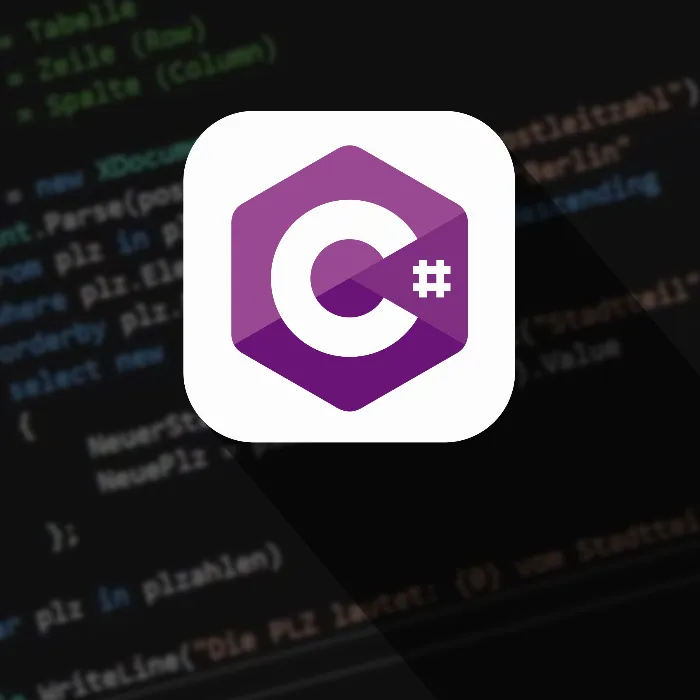Programming is not only a matter of logic and syntax but also of clarity and readability. A well-structured application not only enhances your own understanding of the code but also facilitates collaboration within the team. In this guide, you will learn how to effectively work in C# by adhering to naming, code, and layout conventions.
Key Insights
The main points you should take away from this guide are:
- Class names always start with a capital letter and use Camel Case.
- Methods follow the same conventions as class names.
- Variables should start with a lowercase letter and write their words in Camel Case as well.
- A clear structure and readability through layout conventions significantly enhance the quality of your code.
Step-by-Step Guide
1. Class Names
Let’s start with class names. These should always begin with a capital letter and must not contain spaces. This prevents syntactic errors. If a class name consists of multiple words, the so-called Camel Case notation is used. The first word starts with a capital letter, followed by other words, also in uppercase. For example, the class name could be "Program".

2. Naming Methods
The naming of methods is done in much the same way as class names. Take, for example, the method "CalculateCircle". Here, the first letter of "Circle" and "Calculate" begins with a capital letter. Again, no spaces are used to maintain the structural integrity.
3. Naming Method Arguments
When naming the arguments of a method, different rules must be followed. These should always start with a lowercase letter. For example: In a method, the argument could be named "arx", which follows the lowercase rule.
4. Naming Variables
Now let's move on to variables. These names typically start with a lowercase letter, and if they consist of multiple words, the additional words are again in Camel Case. An example is the variable name "characterCount", where "character" is lowercase and "Count" is capitalized to enhance readability.
5. Abbreviations in Variable Names
It is advisable to avoid abbreviations in variable names. These can lead to misunderstandings. An important aspect is also that variables should never start with a number. For example: Instead of naming the variable "5Number", you should use "number5". This meets the syntactic requirements of Visual Studio.

6. Prefix for Variables
A useful trick is to prefix variable names with an indicator of the data type. For example, in the case of an integer variable, "i" is prefixed, which stands for a 32-bit integer. The complete name could then be "iNumber5".
7. Observing Layout Conventions
Finally, attention to the layout of the code is crucial for improving readability. Ensure that there is only one statement per line, and that each declaration is assigned its own line. Another point is the correct use of tabs or four spaces for indentation.

8. Deepening and Further Links
If you want to delve further into the topic, I recommend visiting the official Microsoft website. There you will find detailed information about naming conventions, layout guidelines, and comments. This information is very helpful for the readability of your source code.

Summary – Understanding C# Naming, Code, and Layout Conventions
In this guide, you have received a comprehensive overview of the various naming, code, and layout conventions in C#. You now know how to appropriately name class names, methods, and variables, and how important a consistent structure is for your programming work.
Frequently Asked Questions
How do I start a class name?Class names always start with a capital letter.
What is Camel Case and how do I apply it?Camel Case means that each word in a name starts with a capital letter, e.g., "CalculateCircle".
Can I use spaces in variable names?No, spaces are not allowed in variable names.
How should I name my variables?Variables should start with a lowercase letter and use Camel Case.
Can I use abbreviations in names?It is better to avoid abbreviations to prevent confusion.


